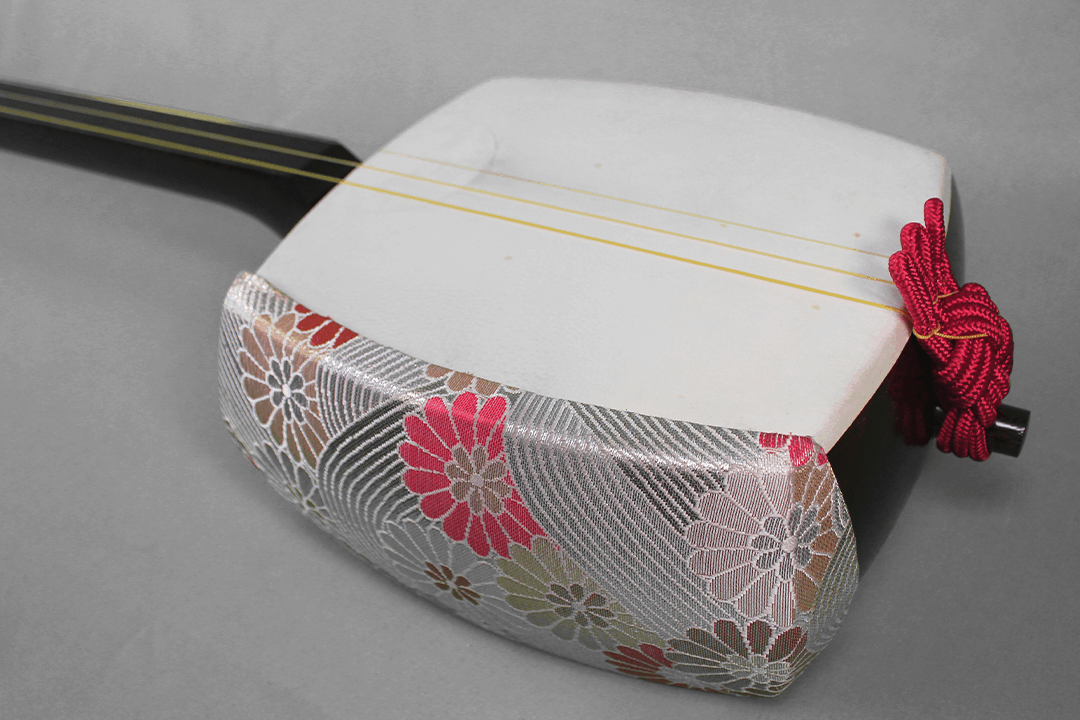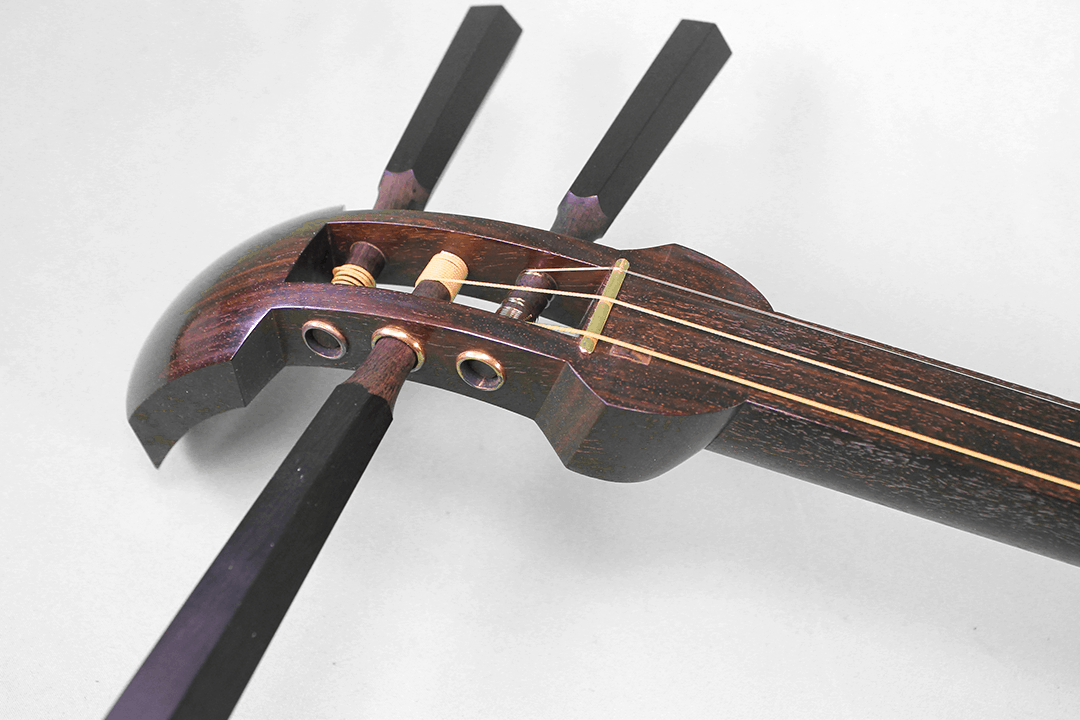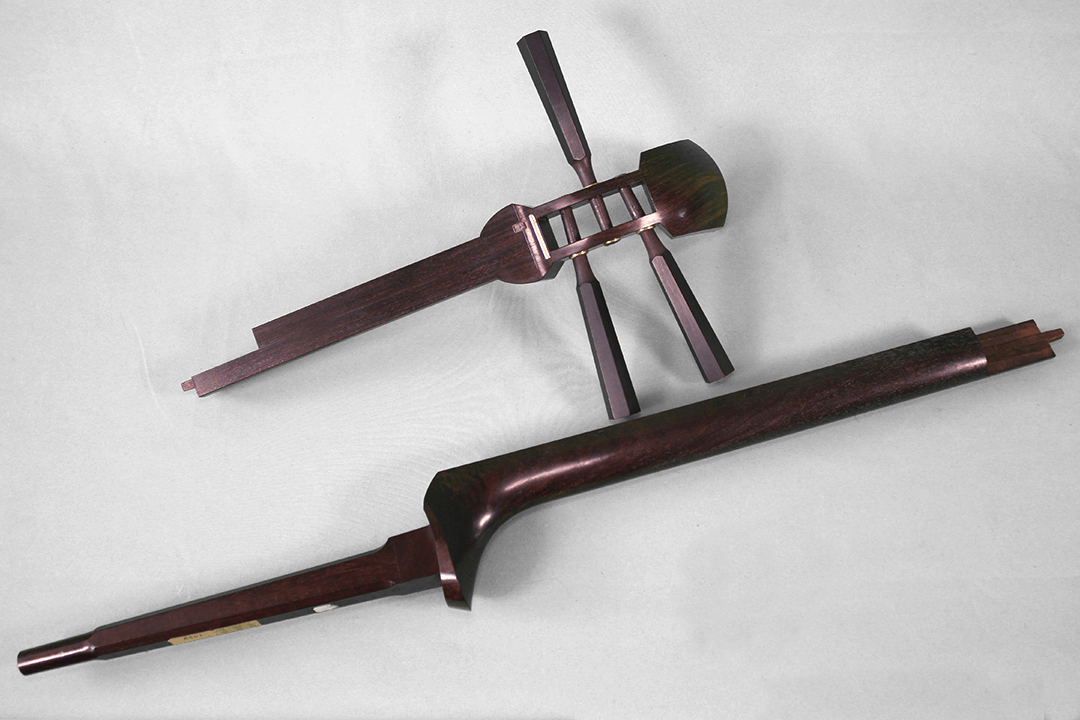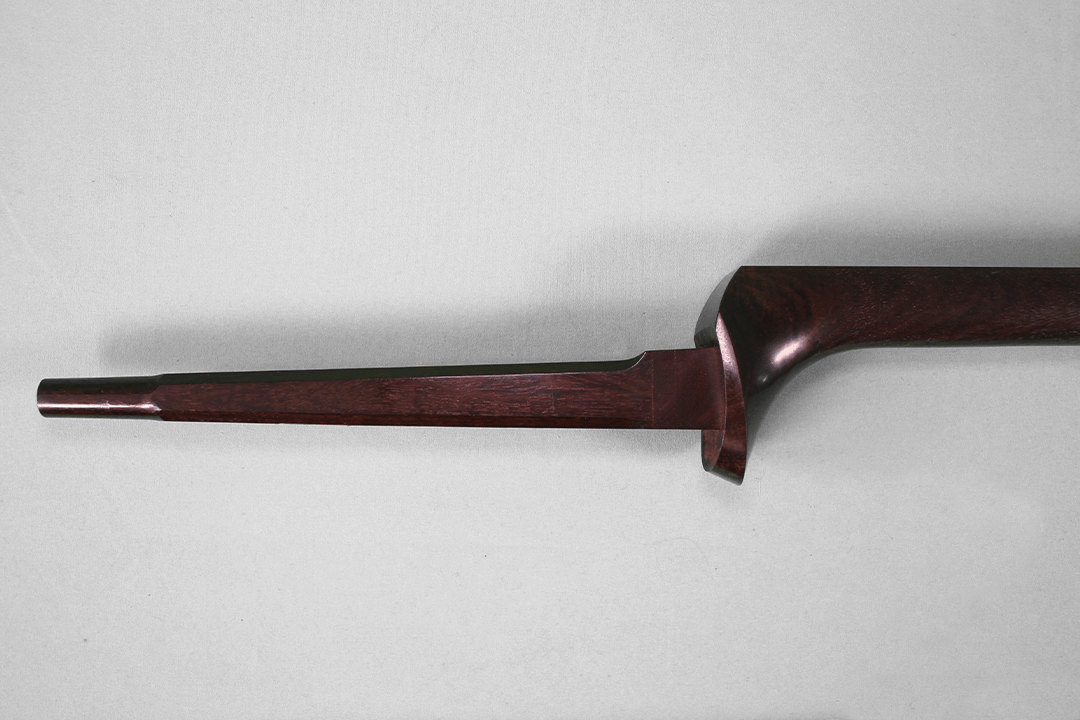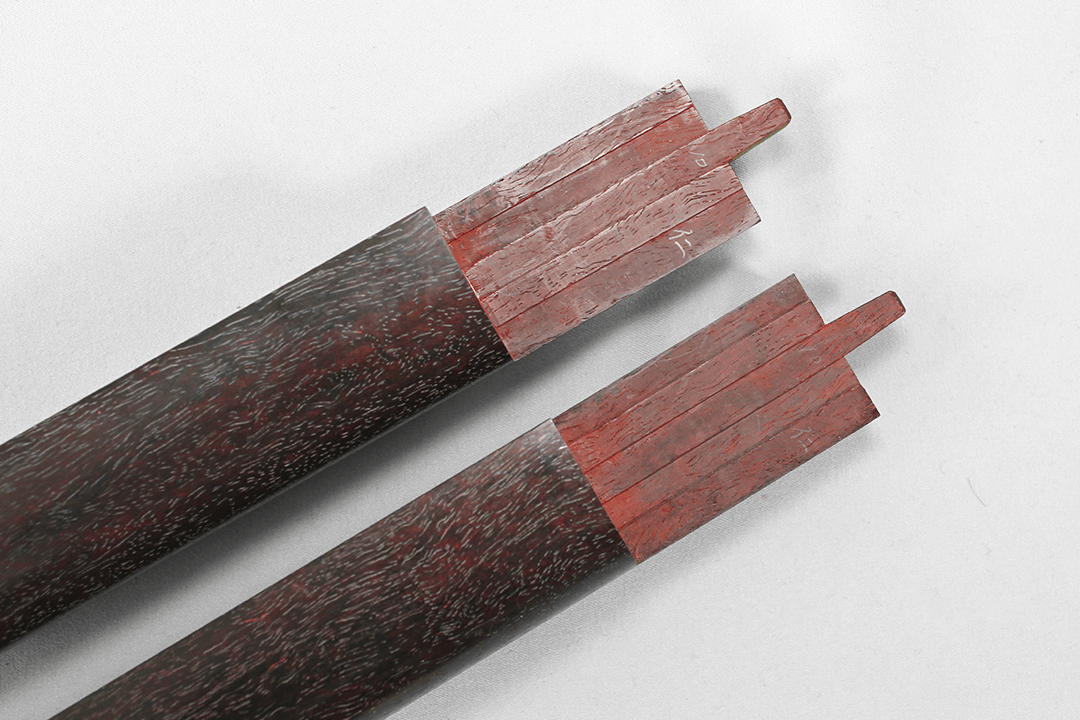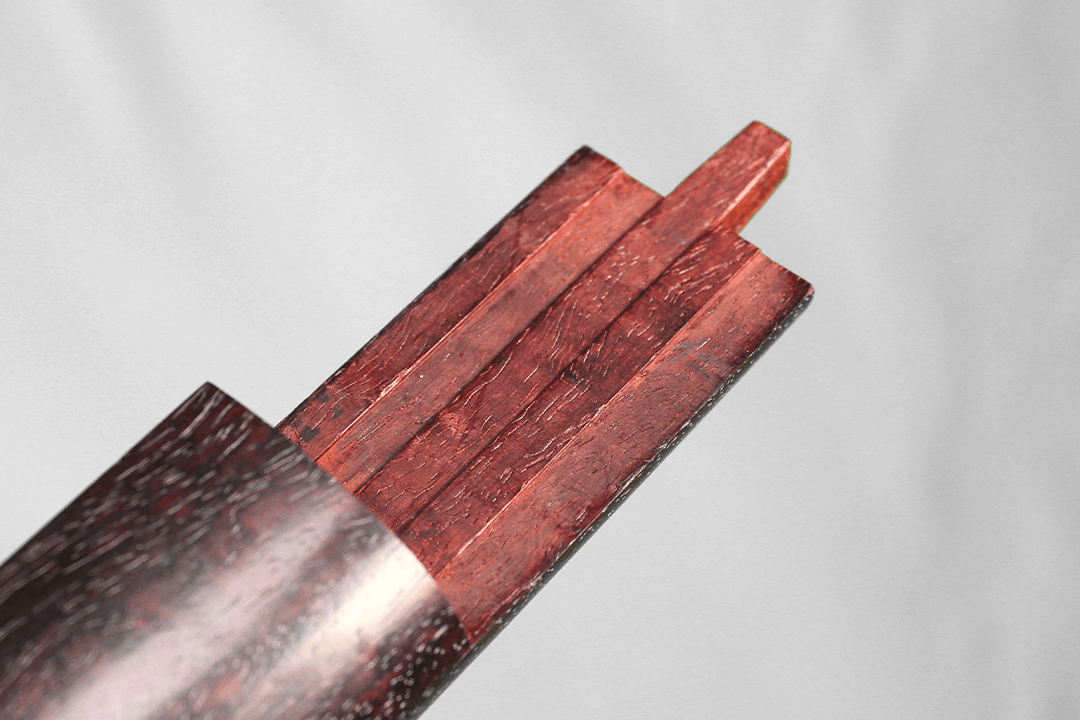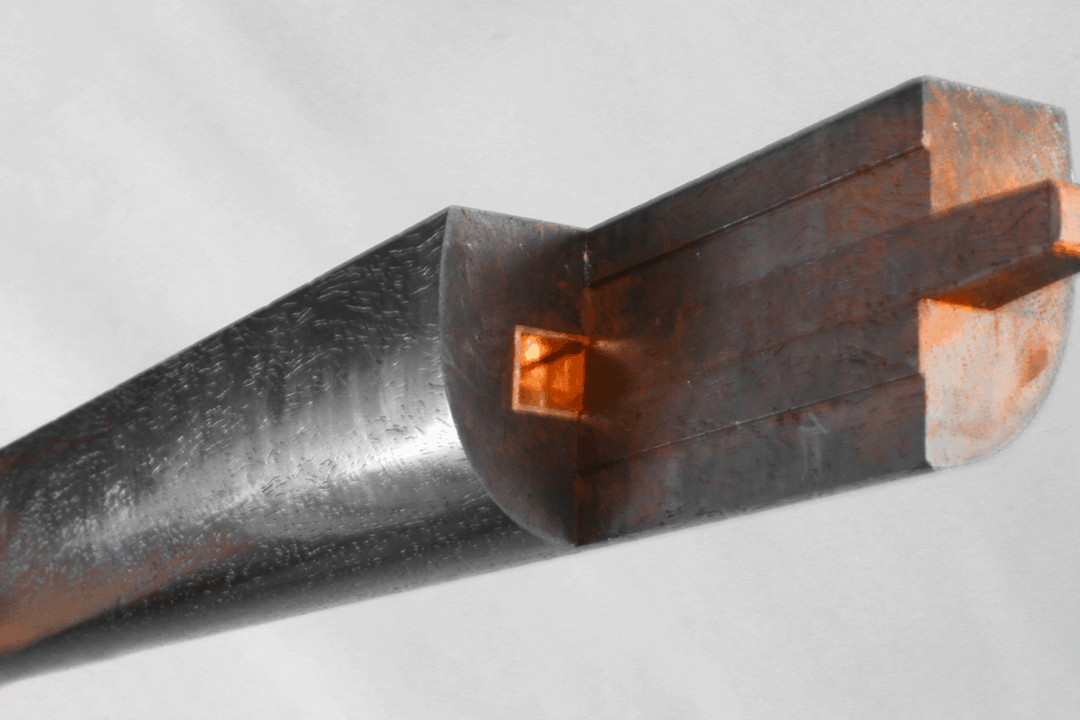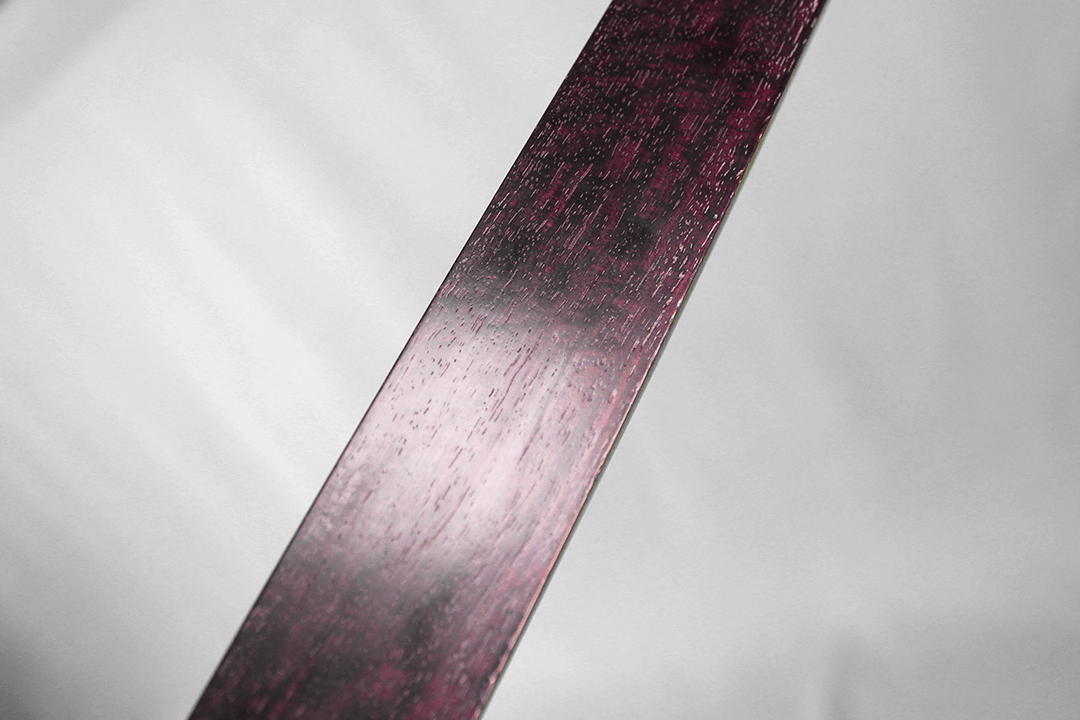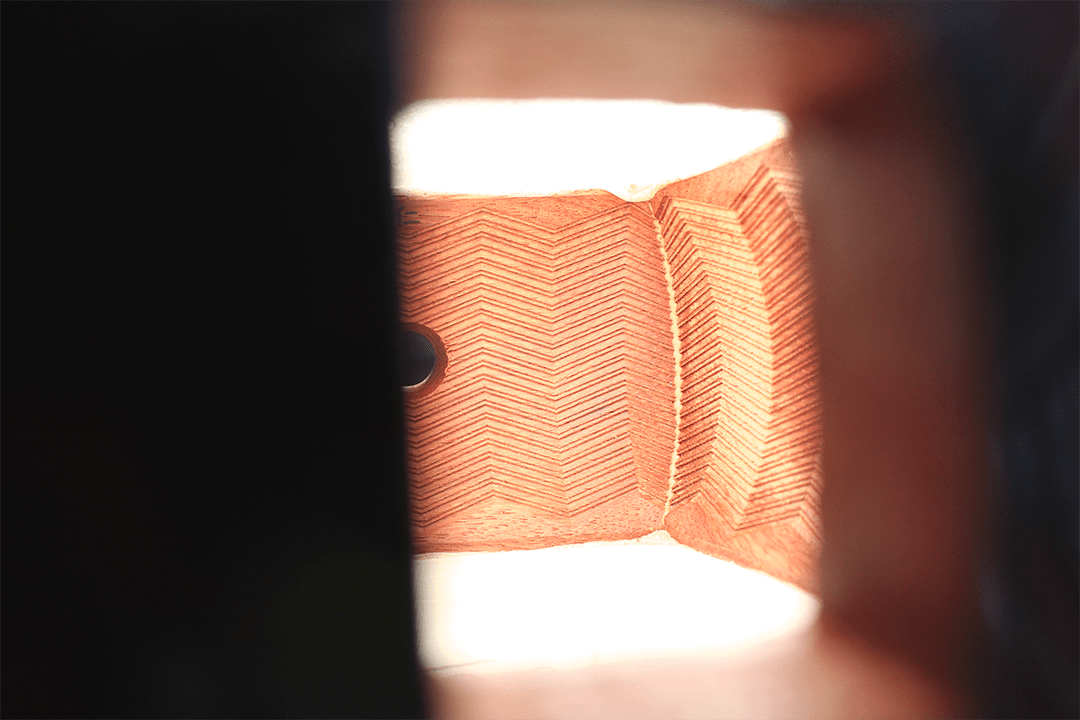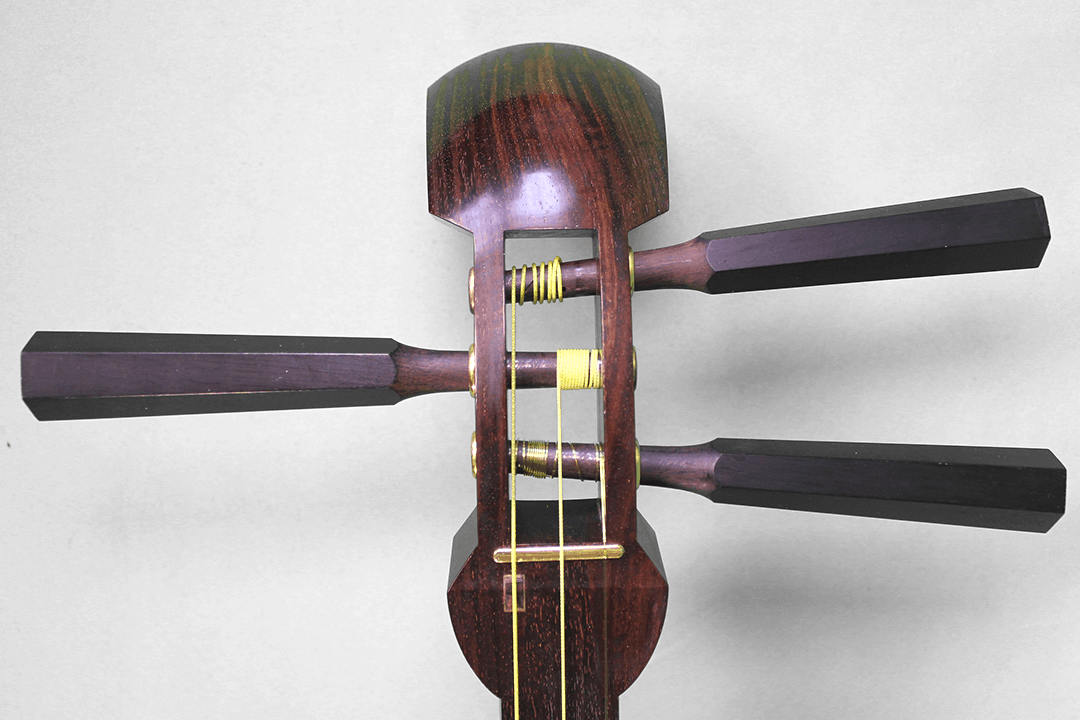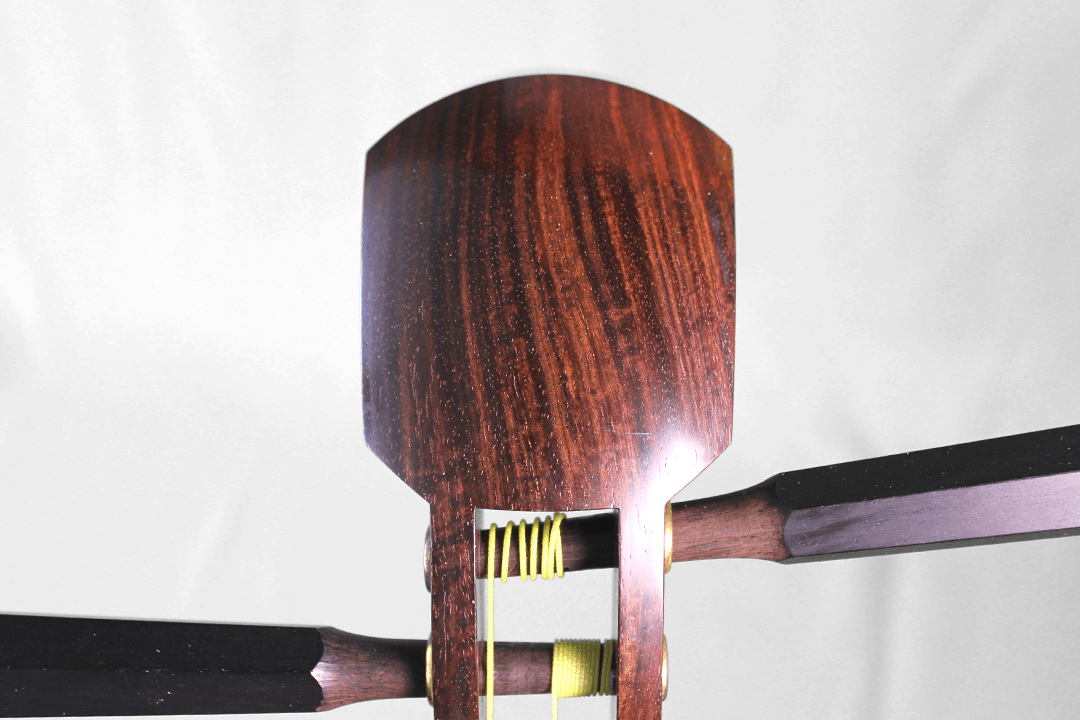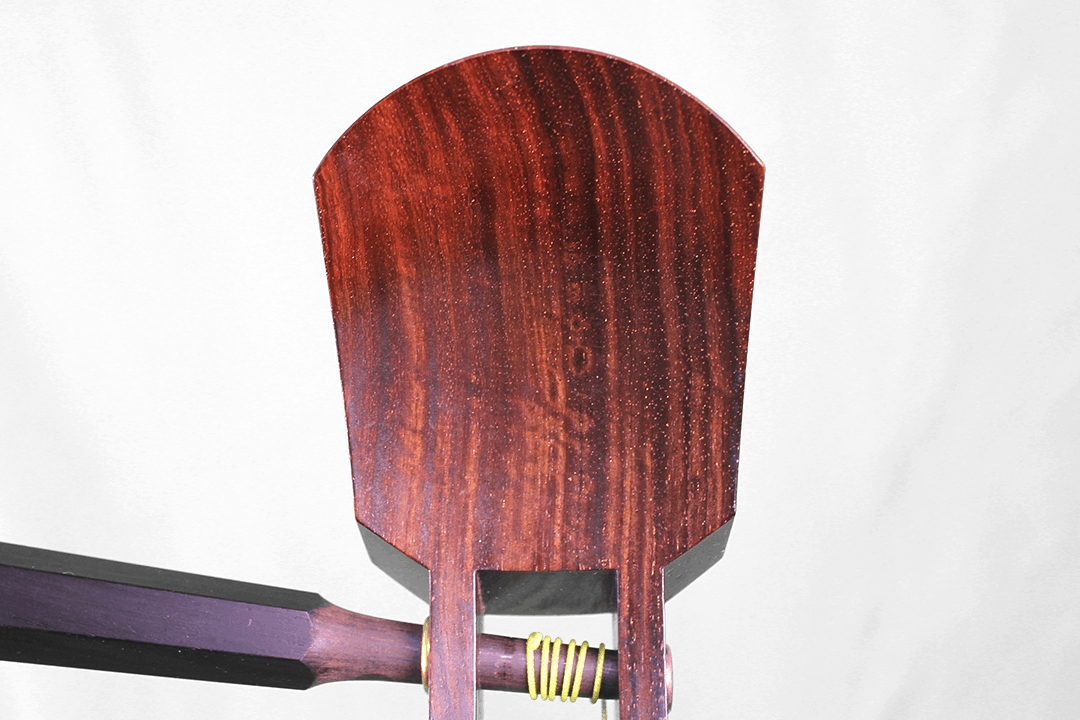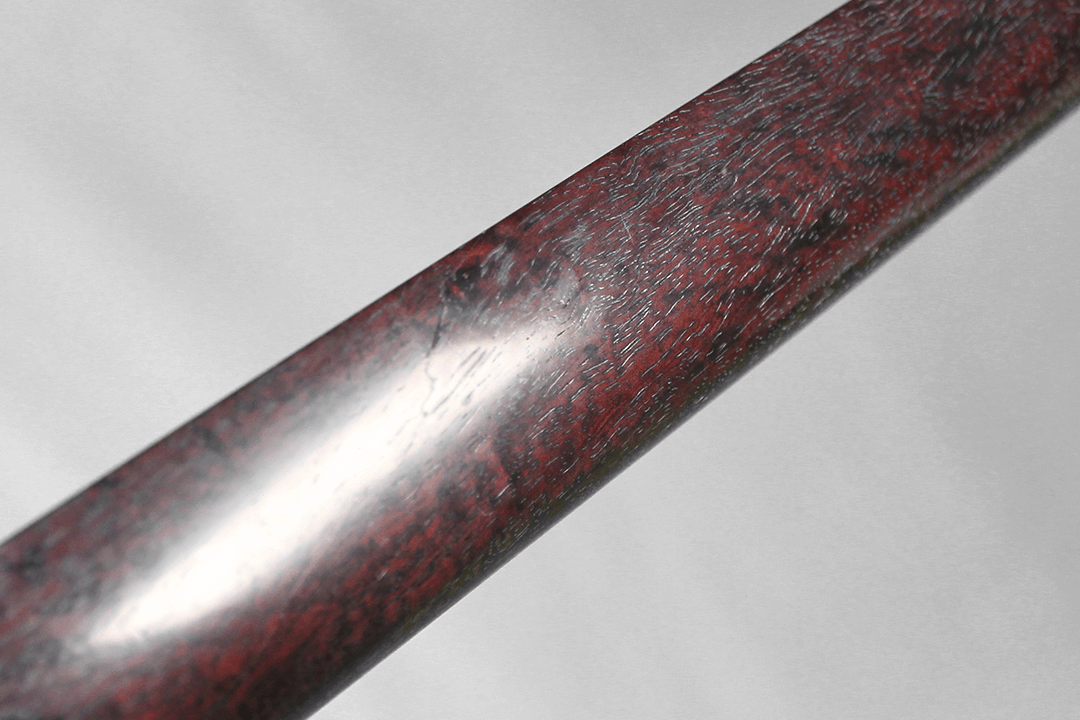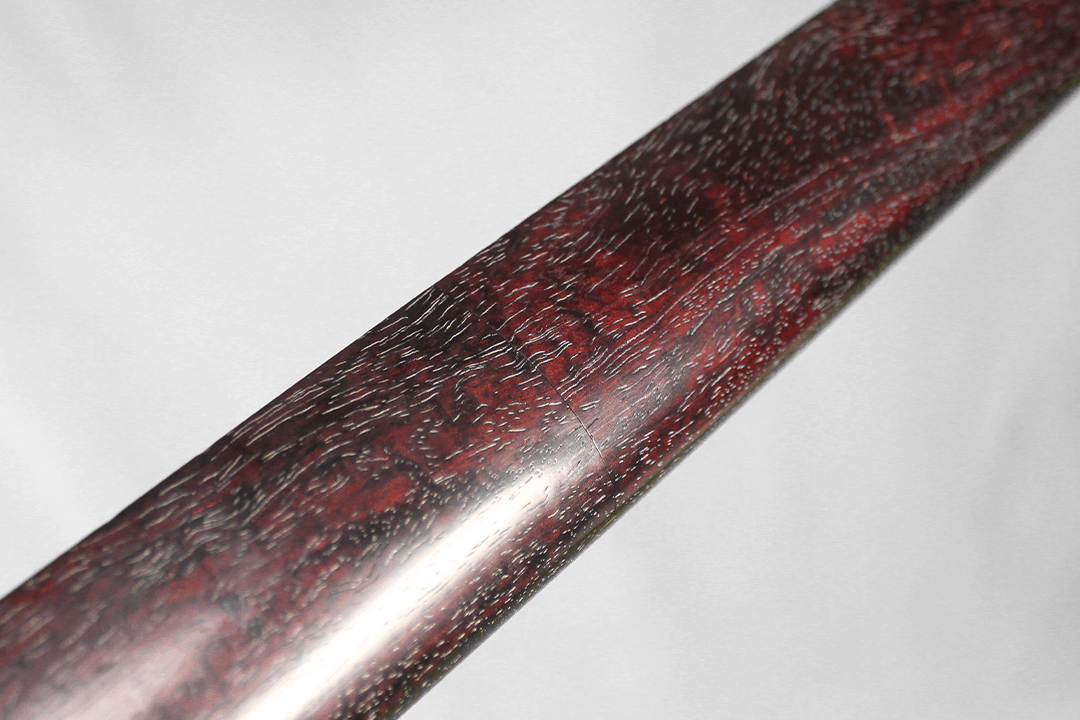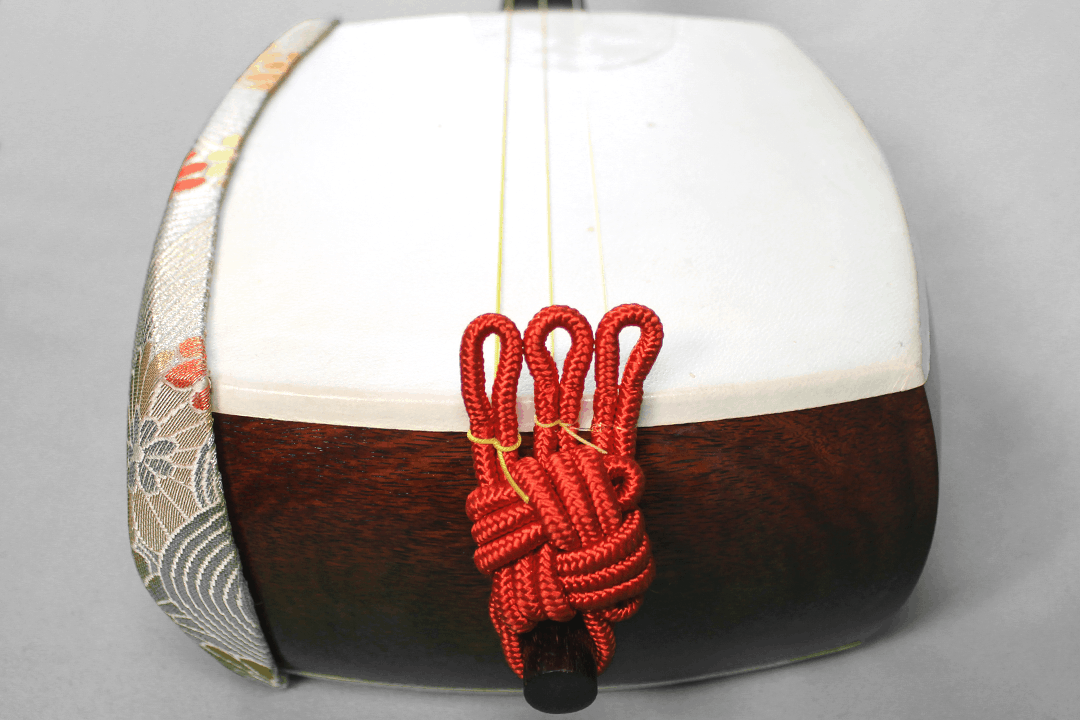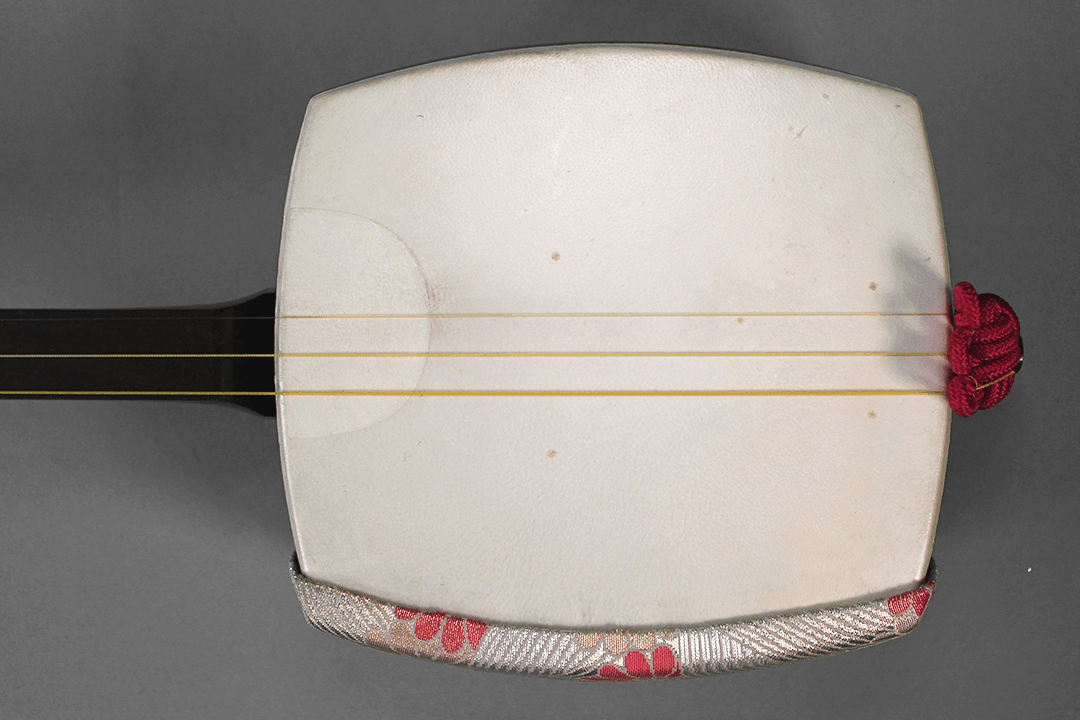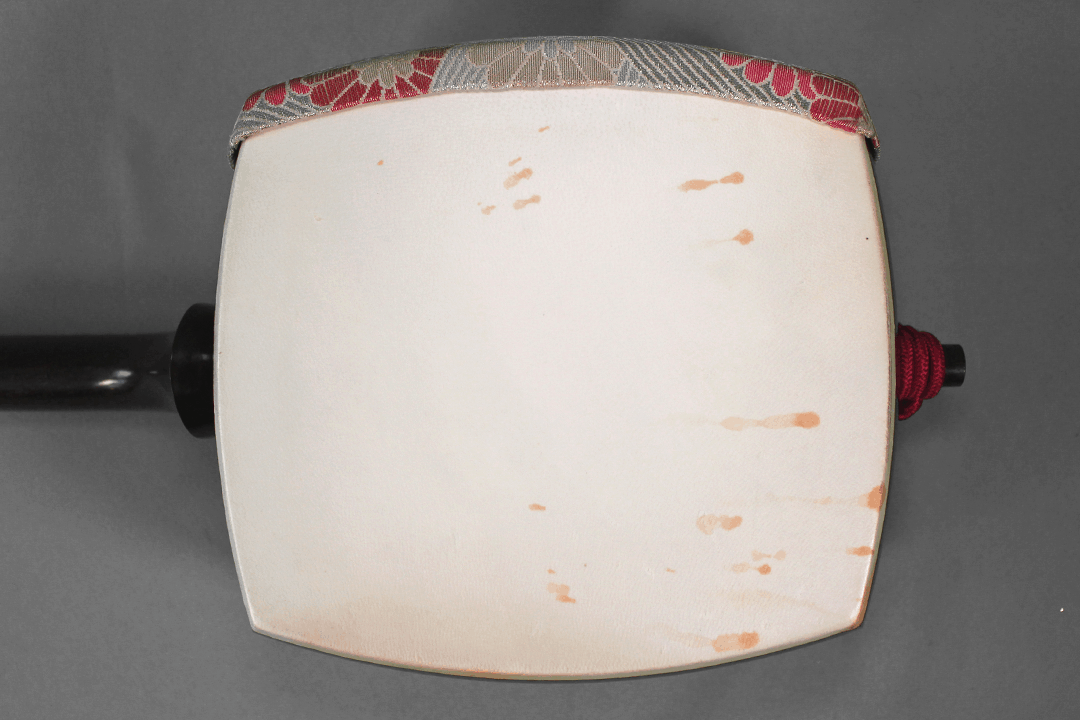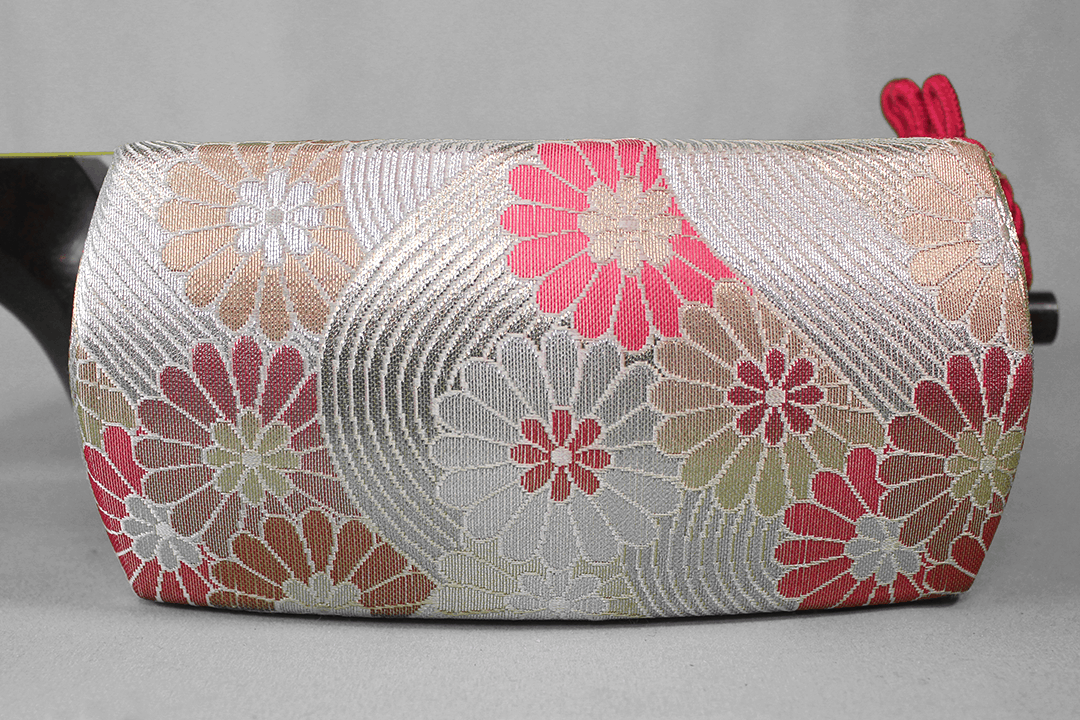Minyo Shamisen Set “Shinobu”
- chuuzao minyo shamisen
- fingerboard: 26,5mm, sao height 28,5 mm
- made from koki wood
- kinbozo metal joint fittings
- ayasugi carved dou
- natural back and front skins
also included in the set:
- neo
- doukake
- tenjin cap
- strings
- fujaku strip
2.685,00 €
Details
This is one of the most beautiful instruments I have ever had the pleasure to hold in my hands. It’s luxury in every detail. Ayasugi carving on the inside of the dou, kinbozo metal fittings for the joints of the neck, luscious koki wood… I am almost drooling writing these lines. This instrument is a masterpiece and it’s not only absolutely beautiful to look at but also yields a sweet and full sound. I named this shamisen Shinobu [忍], which means “endurance”. She is built to last, and her beauty will persist. You will fall in love with this beautiful instrument over and over again.
This style of shamisen is associated with Minyo style, but it really is very versatile and makes any kind of style fun to play. It’s also pretty close to a futozao shamisen and will make playing Tsugaru style fun, too. As a chuuzao neck shamisen, it is a good choice for everyone who doesn’t know where the shamisen journey might take him or her. The width makes it comfortable to play no matter what hand size you have, and the thickness/height of the neck makes gripping it feel super easy!
Wood:
The instrument’s neck is made from beautiful koki wood – the high-end hardwood traditionally used for the best shamisen. The dou is carved in the intricate “ayasugi” pattern that is only applied to high end instruments to further improve the sound. It’s a true piece of art!
Accessories and Skins:
I paired the instrument with a gorgeous doukake with silver waves and red chrysanthemums. The red neo matches perfectly. Also included in the package is a set of attached strings and a tenjin cap. There’s also a fujaku strip attached to mark the positions along the neck. The wood has a gorgeous grain that really pops in bright light.
The dou is skinned with natural skins. The tension is a bit low and the skin shows signs of use on the surface (see photos). The joints are crafted in a more intricate way to make them more durable. They sit super tight and reward you with a satisfying smack when pushing the parts together.
If you don’t have one lying around to use, please consider getting a washi bag to protect your shamisen’s skin from humidity.
Neck:
This fingerboard is 27 mm wide and the neck 28,5 mm high at the top and widens slightly towards the dou. This makes the neck feel sturdy and super comfortable to play. The fingerboard ends in a sharp angle that makes playing high notes up to 20 and beyond possible. The neck joints are reinforced with metal fittings called kinbozo – a definite sign that this is a top class instrument.
Itomaki:
The itomaki (tuning pegs) are made from ebony wood and are carved in a traditional way that makes them easy to grip despite their relatively slender built. This instrument is a great companion and has a warm and full sound.
More:
The installed azuma sawari lets you adjust the sawari (buzz) to your liking. This means you can switch it off completely (for modern pieces, pop/rock/metal genres or certain ensembles) and also have the perfect buzz no matter how high or low you tune your shamisen.
The tsukigata (the curved end of the tenjin) is in perfect condition. The neck is crafted in mitsuori style: It can be separated into three parts. This makes travelling with the shamisen very easy – even if you have to get by with light and small luggage. The joints are crafted in a more intricate manner that allows for an extra durable snug fit of the joints.
If you have any further questions, reach out and send me a message and I’ll be happy to help.
All you need to add to your set to start playing are a koma, a bachi and a yubisuri. Depending on the style you intend to play and your personal preferences, you want to pick a certain kind of koma and bachi. Yubisuri come in different sizes, and I didn’t want to deprive you of the difficult yet fun choice between all the wonderful colors. I also recommend getting an adhesive dougomu or a hizagomu that will prevent the instrument from slipping off your thigh. Depending on your personal needs, you might want to consider getting a fujaku strip to mark the positions along the neck. Alternatively, you can mark positions individually or play without any markings. If you need help with picking the right additions to this set, don’t hesitate to send a message and we will find the perfect match for you together.
